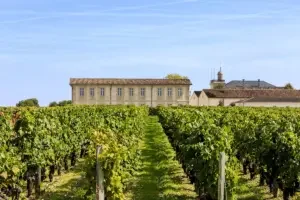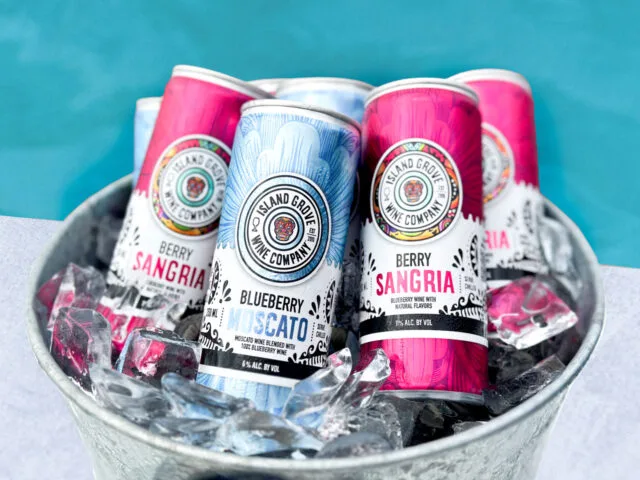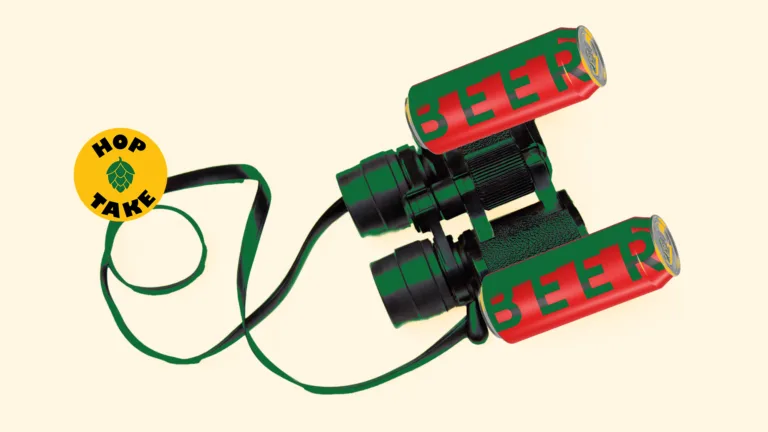Two questions underpin every en primeur campaign: What is the quality of the wine, and how is the campaign going? One of the increasingly obvious anomalies, and one which should at the very least be a cause for concern, is the lack of correlation between the two answers. It is as if the commercial body politic has taken on a life of its own and responds not to the nourishment of qualitative analysis, but rather to somewhat unpredictable economic forces at large. This is the case, once again, with the crop of 2023.
Hard to read
The wines themselves are sometimes, appropriately enough, hard to read. 2021was wet, yes; 2022 hot, yes indeed; but 2023 was both hot and wet. All very well in series, but in parallel, especially at certain points of the season, potentially problematic. Hence the early summer mildew and the late summer sunburn; hence the fact that there was no “canicule,” no drought, but also, at times, not much to challenge the vines with what one may term as creative stress. This could result in excessive foliage, which could, if left, aggravate the mildew risk, and if cut back, expose the grapes to the sun and impending desiccation. The dangers were more evident with the Right Bank Merlots, some of which have bequeathed rather hollow, uninspiring wines, others of which make up for the lack of 2022’s generosity with magnificent structural regality. In the latter camp reside such labels as Vieux Château Certain and l’Evangile,
This Article was originally published on World of Fine Wine





